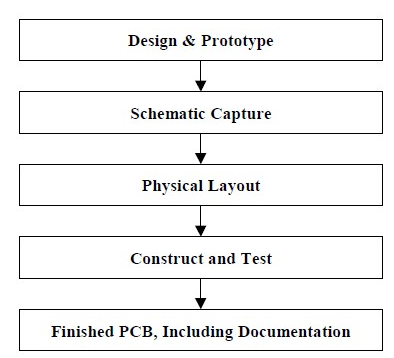Prototype printed circuit boards are a necessary step in Printed Circuit Board (PCB) fabrication. They help improve the PCB by bringing design and functional inconsistencies to the attention of the designer. The importance of building a prototype is discussed at length in this post.
Importance of Building a Prototype PCB
When designing a piece of hardware that requires a PCB, most seasoned manufacturers or designers will ask you to build a prototype of the PCB. Once you build a prototype, you will realize that you need to build many more before the design is perfected. Here’s why:
- A prototype will allow you to understand the shortcomings of your design. These might not be apparent when working on a software. With a physical piece in your hand, you will be more aware of the physical limitations of your design, the physical components, and the construction process.
- With a physical PCB, you can integrate it in your application and see how it actually works. You can then check if it is completely compatible with your application or not.
- It will also enable you to receive user input.

After building a prototype, you will be able to point out accurately what is not working in your PCB. This will help you create a product that works without any issues. The first prototype built is known as the ‘crude prototype’ – it gives you the feel of the physical properties of the PCB. The prototype built next is the ‘working prototype’. It allows you to test out the functionality of the application. After all the changes have been incorporated, a ‘final prototype’ is built. The design of the final PCB is constructed based on the design of the working prototype.
Prototype Testing
Every time a Prototype PCB is manufactured it is tested for design inconsistencies. Once you receive the prototype on your hand, you can check it for design as well as performance inconsistencies. A prototype test will analyze the functioning of the prototype against the design specifications. This will verify the success or failure of the design. Any changes that need to be incorporated will be decided at this level. After several tests are conducted on the current prototype, and on those that follow, the designer will have a clear understanding whether the PCB is ready to be launched in the marketplace or not. The process of creating prototype PCBs serves the function of perfecting the PCB design.